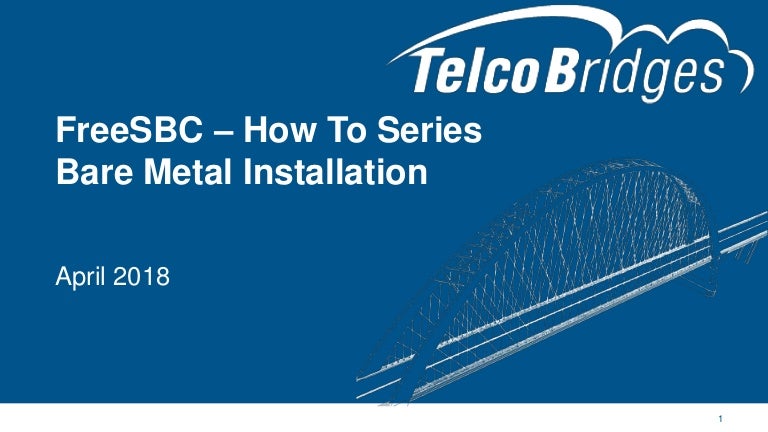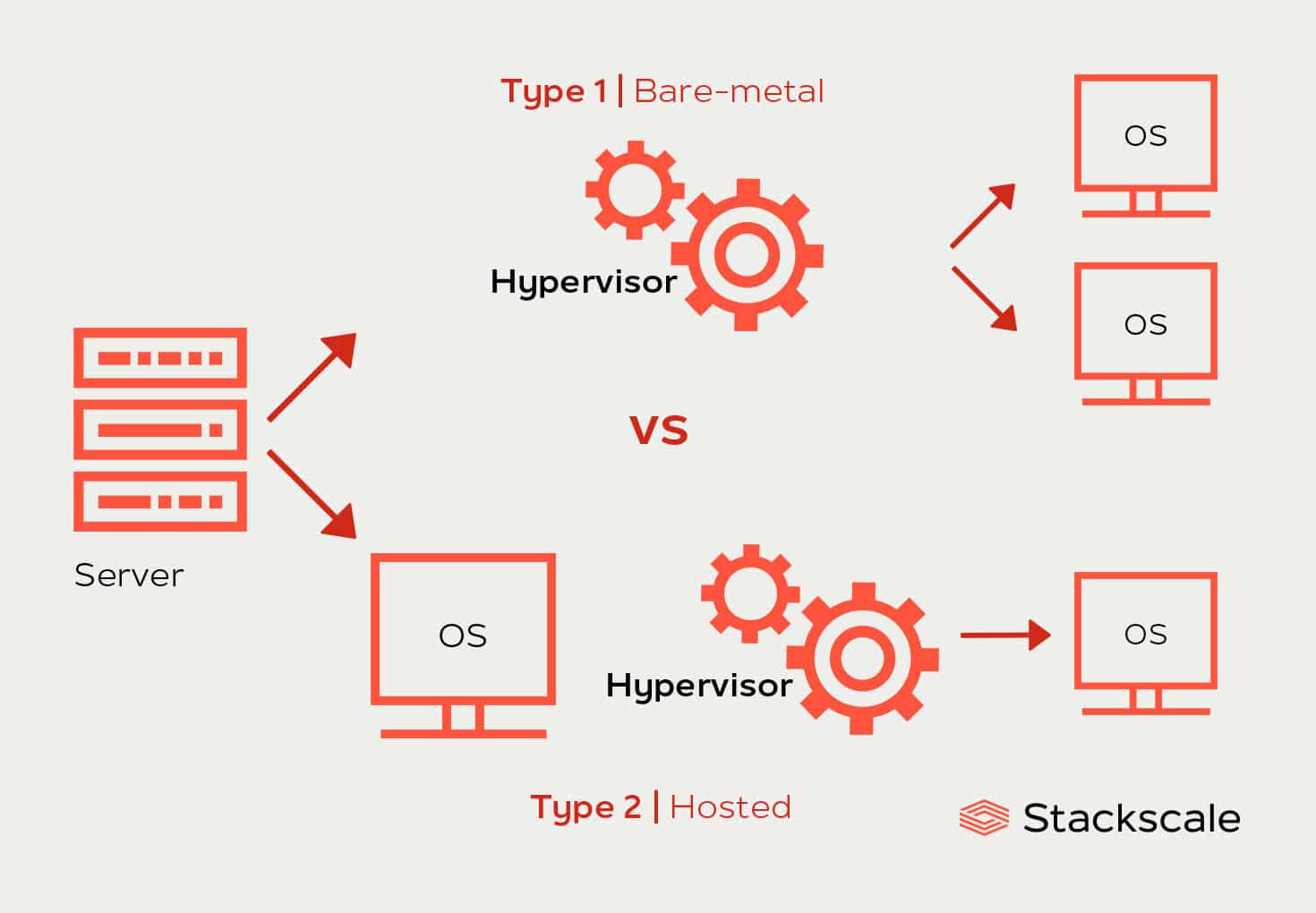
You’ll get a message once the install is complete and you have to remember to remove the USB stick from the server before rebooting. The installer will repartition the drive during the install process. On the next screen, you have to press F11 to confirm the install. Up to this point, we still haven’t actually installed anything yet. This isn’t an issue for me since it’s a lab setup, but could be pretty important for a production server. When you continue here, you might get a message stating that the CPUs in your server may not be supported in future releases. Make sure you don’t forget or lose this password as it’s going to be what you need to log into ESXi on the server. Next, you’ll have to select a keyboard layout and then enter a root password for the install. I choose to install ESXi to the RAID 1 set so that there is some redundancy in case of hard drive failure. Two of them are in RAID 1 config and the other four are in RAID 5 config. If not, you’ll want to go into your RAID controller setup and create your RAID arrays first. If you’re using a server, you probably have some sort of RAID setup already. The first thing you actually have to do is pick the disk that you want to install ESXi onto. To continue with the installation, go ahead and press Enter.

Once loaded, you should see the Welcome to VMware ESXi X.X.X Installer. It might take a minute or two to load during this stage. You know the ESXi installer is running when you see the familiar gray and yellow split screen. If you don’t press Enter, the ESXi installer will load up automatically after a few seconds. When you choose the USB drive, it should bring up an ESXi standard boot menu and the standard installer should automatically be selected. This will bring up another dialog where you can choose the USB flash drive. On the following screen, arrow key down to Hard drive C: and press Enter.

You’ll want to press F11 on the keyboard to open up the BIOS Boot Manager. Next, when you turn on the PowerEdge server, you should see a couple of options at the top right. First, make sure you connect the USB drive to the server before booting up.

Install ESXi from USB Driveīooting up from a USB drive on a Dell PowerEdge server is pretty easy. The only difference is that you’ll need to figure out how to boot from USB on your server.

If you’re using different server hardware, like an HP Proliant server, etc., the installation procedure will be exactly the same. In my previous post, I went through the steps for creating a bootable USB installer for ESXi and in this post, I’m going to walk you through the steps for installing ESXi from USB to a bare metal Dell PowerEdge server.Īs mentioned in my previous post, you can install using an optical drive, remotely via iDRAC or even from an SD card, but the easiest method in my view is using a fast USB stick.


 0 kommentar(er)
0 kommentar(er)
